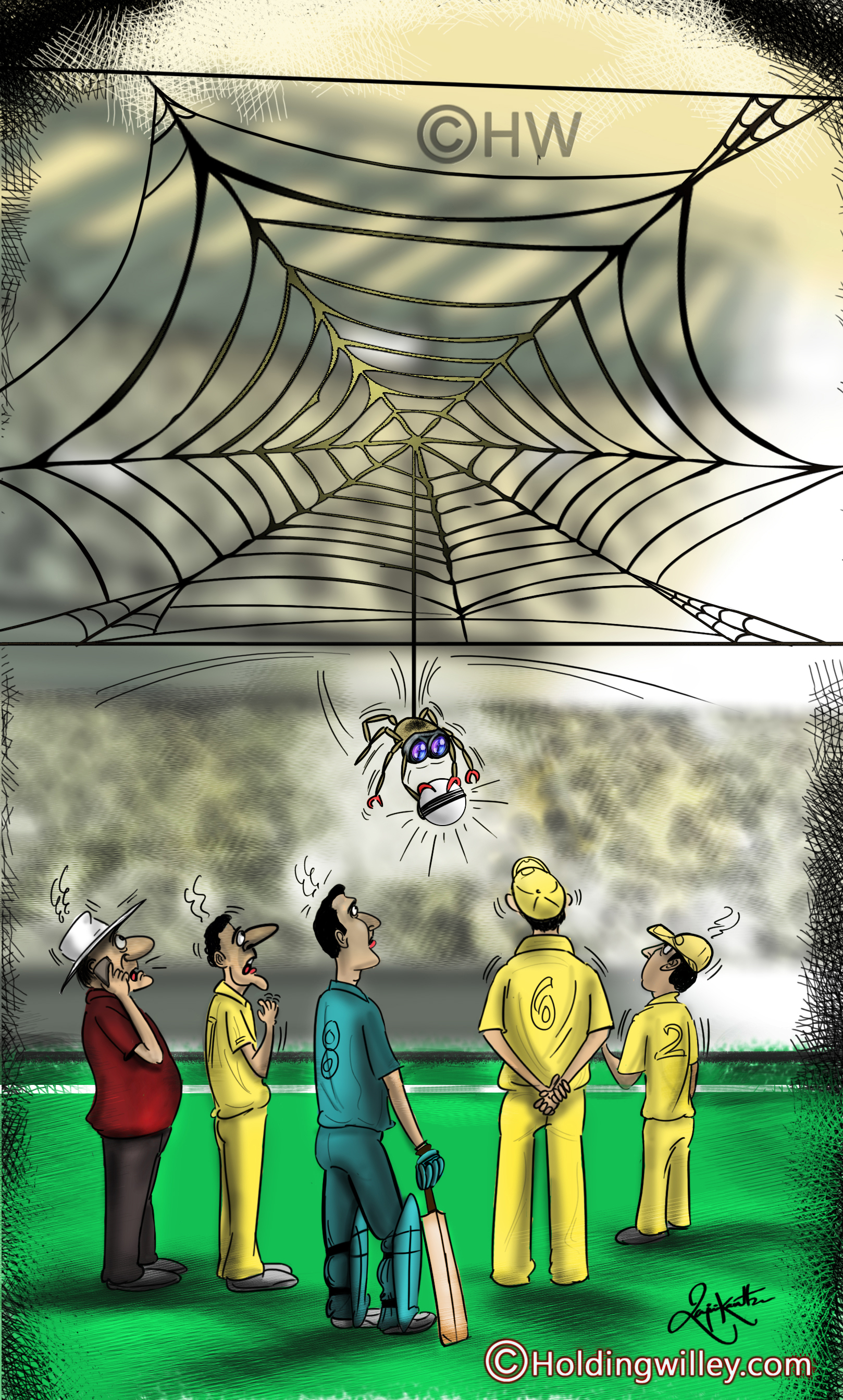 Like the game of cricket itself, cricket broadcasting has come a long way too; be it the camera angles from which the game is covered these days to the kind of commentary that goes on.
Like the game of cricket itself, cricket broadcasting has come a long way too; be it the camera angles from which the game is covered these days to the kind of commentary that goes on.
The change can be gauged from the days when the games were telecast using a single camera position, placed roughly in line with the pitch and just at one end of the ground. Though there were a few other cameras placed beyond the boundary ropes to follow the ball into the outfield, one could only watch half of the game with the batsman facing towards the television screen and the other half with his back towards it.
The most fascinating addition to number of cameras in the 1990s was that of the stump-vision cam along with microphone at the base. The thrill it provided every time a yorker hit the base of the sticks or when the batsman played a straight drive! It was a much-loved angle as it got you closest to the action (though always in the replay mode). With time, the number of cameras increased, making it over thirty these days covering every possible angle -- on the ground and above it.
However, of those thirty odd cameras, none has been debated about as much as the one called the spidercam. It, like the stump cam, takes the viewer closer to the action, but the reason it hasn’t been accepted, particularly by the players, is because some of them have found it difficult on occasion to play with it so close to them.
In fact, some of them haven’t even found a liking for it even when it is in the background. Consider the recently concluded India-Australia ODI series. At the Sydney Cricket Ground, the first ball that Virat Kohli faced, in what was a tight chase, should have gone for four. Instead the umpire called it a dead ball as it hit the spidercam on its way.
In the post-game press conference, Indian skipper MS Dhoni said he wanted some “balance” when it came to the new broadcasting gimmicks. He called himself “a traditional guy” as well as someone who doesn’t like anything (including new TV broadcasting equipment) that disturbed the actual game of cricket.
“
Dhoni is not the only one unamused by these new additions. Even his Aussie counterpart Steve Smith has had his share of problems with them. In 2014/15, when India were there for a Test series, during the last match at the same venue, Smith dropped a dolly from opener KL Rahul because he was distracted by the spidercam. There, the ball might have even flicked the cable.
”
Spidercam isn’t only camera that has its doubters. Even the umpire cam and the batsmen’s helmet cam used in many Twenty20 leagues around the world have their critics.
Those cameras provide high-definition close-ups of bowlers collecting their shades and sweaters along with a shaky, slightly out-of-focus alternative view of leg before wicket appeals.
In that same press conference, Dhoni also spoke about his apprehension of using the helmet-cam. On the condition of anonymity, one umpire who regularly officiates in the Indian Premier League (IPL) revealed how uncomfortable it can be to put those cameras on their caps or hats: “It might not look like that, but it is about not being familiar to a particular thing on our head tied to a thin cord and feeling comfortable with it could lead to a wrong decision making because one is constantly thinking about that little thing on the forehead.”
According to him, the umpires feel the same irritation putting on that kind of stuff as a player would experience putting on protective gear they are not used to.
However, cameras aren’t the only thing that is part of the debatable gimmicks list. Commentary these days, especially where the commentators get in touch with an on-field player mic’d up to speak to them, can also be quiet tricky for the player. This is what happened with Smith batting in the first T20 against India at the Adelaide Oval recently. He got out to Ravindra Jadeja while speaking to the Channel Nine commentary team.
The TV network later accepted that Smith could have suffered a lapse in concentration while speaking to them and thus lost his wicket. Former professional Australian Rules football player turned commentator Nathan Buckley is critical of this latest trend in broadcasting and tweeted, “Whilst we try to bring the viewer into the contest. We can’t forget it is a contest.”
Even as broadcasters strive for more and compete with their community to one-up on another, you never know when they might cross the line and affect the result of a game. However, there are still ways to deal with these issues - for starters – they would do well to include all the new innovations in the lesser watched cricket matches on the domestic circuit so that the players and umpires get used to them.
Yes, that would cost the broadcasters a little more, but it could have a two-fold effect of getting players used to the add-ons, and bringing in more viewers (at least on TV) for tournaments like the Syed Mustaq Ali Trophy, the Vijay Hazare Trophy, the Ranji Trophy and other domestic tournaments in other countries.